Turtle Watching on Sal Island: All You Need to Know

Turtle Watching: Loggerhead Sea Turtles on Sal Island
Cape Verde’s Sal Island is famed for a rare natural spectacle: every summer, its beaches host thousands of nesting loggerhead sea turtles (Caretta caretta). Sal is home to Cabo Verde’s second-largest loggerhead rookery, and research shows Cabo Verde overall holds about 15% of the world’s loggerhead nests.
In recent years, nesting counts on Sal have surged – Project Biodiversity reported 25,193 nests in 2023 (the third-highest annual total on record), with 2024 counts exceeding 36,500 nests. This makes Sal a critical wildlife tourism destination, where carefully managed nighttime excursions allow visitors to witness turtles emerging from the sea to lay eggs. This primordial ritual has been ongoing for millions of years. Loggerhead turtles come to Sal’s waters and crawl onto Sal’s sandy beaches to nest each summer.
Many tours focus on protected sites, such as the Serra Negra Natural Reserve, Algodoeiro, and Kite Beach on Sal’s eastern shore.
After a twilight briefing by an expert guide, visitors walk quietly along tracks to a remote beach under infrared lights (to avoid startling wildlife). Groups then stand at a respectful distance as a female turtle crawls ashore, digs a nest pit, deposits about 80–100 eggs, and carefully covers them with sand before returning to the ocean. Guides enforce strict rules – no white flash photography, no touching, or crowding – so the turtle can complete her 20– to 30–minute nesting process undisturbed.
When and Where: Sal’s Nesting Season
Sea turtles on Sal nest predictably: females arrive each year between June and October, with the peak season in mid-summer. By law, turtle-watching tours are only permitted during this nesting window, which typically occurs from mid-July to late September, and sometimes extends into October.
Outside these dates, all beaches are closed at night to protect the turtles. Tour operators report nearly 100% success in finding nesting turtles during these guided night walks, ensuring that visitors can almost certainly see the animals.
In practice, most excursions depart after dark (often around 9–10 pm) from Santa Maria and return after 2–3 hours, encompassing the walk to the beach, the nesting observation, and the return. Although sightings of rare hatchling emergences occasionally occur (especially in late August and September), turtle watching primarily focuses on adult nesting; hatchling releases are handled as separate events (see below).
Turtle-watching season on Sal Island
~July 15 – Sept 30 (in 2025: July 1 – end Oct). Tours do not run outside this period.
Key nesting beaches
Serra Negra, Kite Beach, Algodoeiro (the east coast of Sal); and smaller nesting on some northern points.
Guided tours only
Conservation protocol
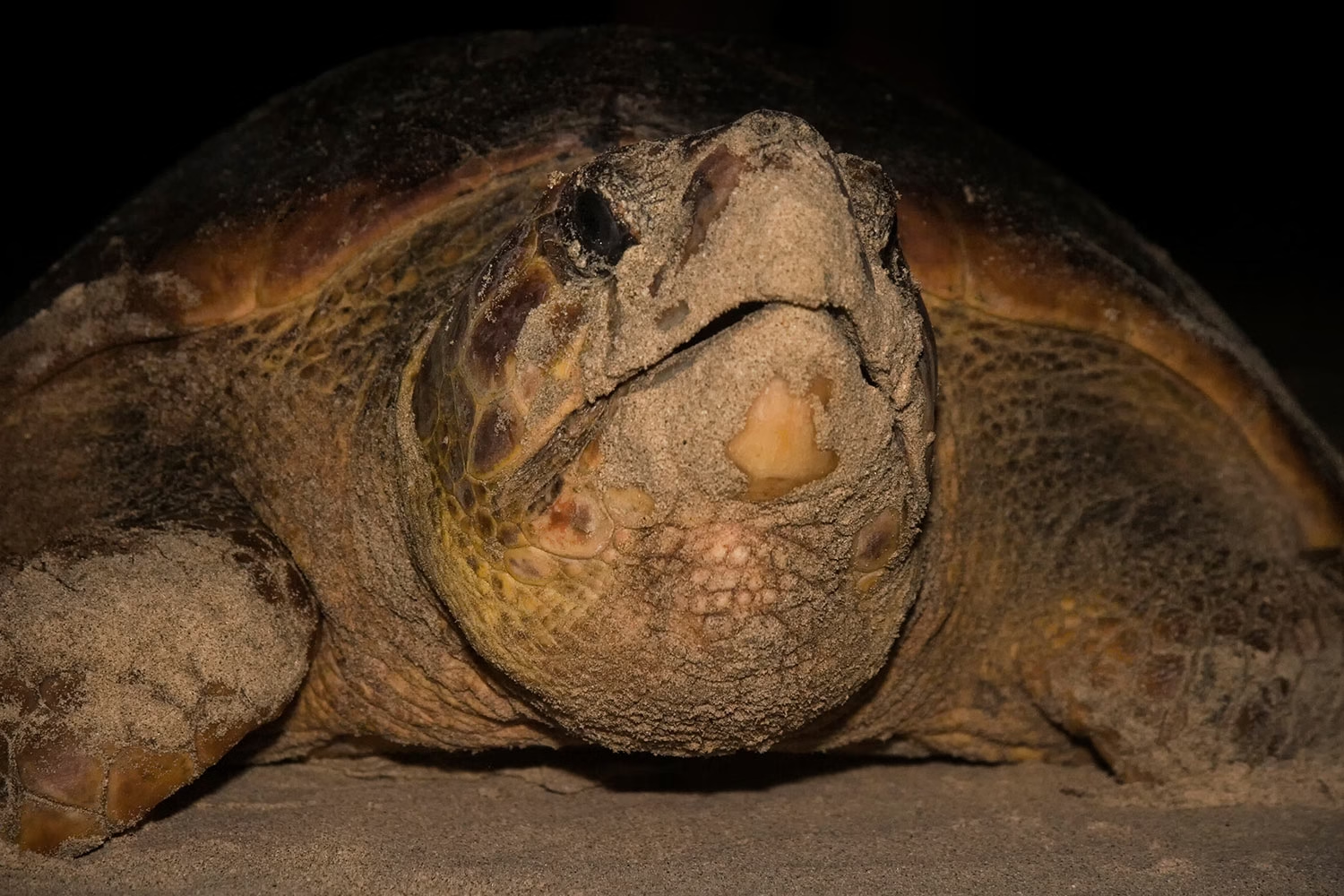
What to Expect on a Turtle Watching Tour
Typical turtle tours offer an intimate and respectful encounter with wildlife. After a beachside briefing on turtle biology and conservation, guests travel by 4×4 or on foot to a dark nesting beach. An experienced local guide leads everyone in silence (often using low-glow red or infrared torches). Slowly and quietly, the group waits in the sand.
If a nesting turtle appears, she may “scan” the beach before laboriously pulling herself up the shore. Then, as described above, the complete nesting sequence unfolds: nest excavation, egg laying, and covering. Visitors watch from a distance – sometimes in near–full darkness – until the turtle eventually returns to the sea.
- Tour length:
2–3 hours, including a briefing and a quiet walk. - Group size:
Small (often 5–15 people) to minimise disturbance. - Lighting:
Only red/infrared lights are allowed. Bright flash photography is banned. - What you will see:
A female loggerhead digging and nesting, often accompanied by grunting sounds as she buries eggs. Rarely, early-season tours may see early hatchlings. - What you won’t do:
Do not touch the turtles or approach too closely. Guides ensure a strict distance is kept (typically several meters back).
Each tour is also a conservation experience. Guides explain the life cycle of sea turtles (loggerheads nest in Sal every ~2 weeks, laying around 80 eggs each) and the measures taken to protect them. By joining a tour, tourists directly support local conservation projects – for example, proceeds often fund beach patrols or hatchery programs. As one travel guide notes:
“by booking this tour, you’re also supporting local conservation and education projects that protect the turtles and their fragile environment”.
Sea Turtle Hatchlings
Newly hatched loggerhead turtles are gently carried to the sea at sunrise on Sal. Project Biodiversity runs daily nest excavations and hatchling releases (open to the public) at its Santa Maria hatchery. After nesting (usually at night), eggs are often relocated to protected hatcheries near Santa Maria for safety and research. In the early morning, volunteers gather at the hatchery (near Hotel Riu Funana) for free educational talks and monitored nest “excavations”.
Guests can watch hundreds of tiny hatchlings emerge from the sand. Staff then carry them down to the water (typically at dawn) to ensure a safe journey to sea. These hatchling-release events – though not formal “tours” – are a highlight for many visitors who stay on the island through the hatching season.
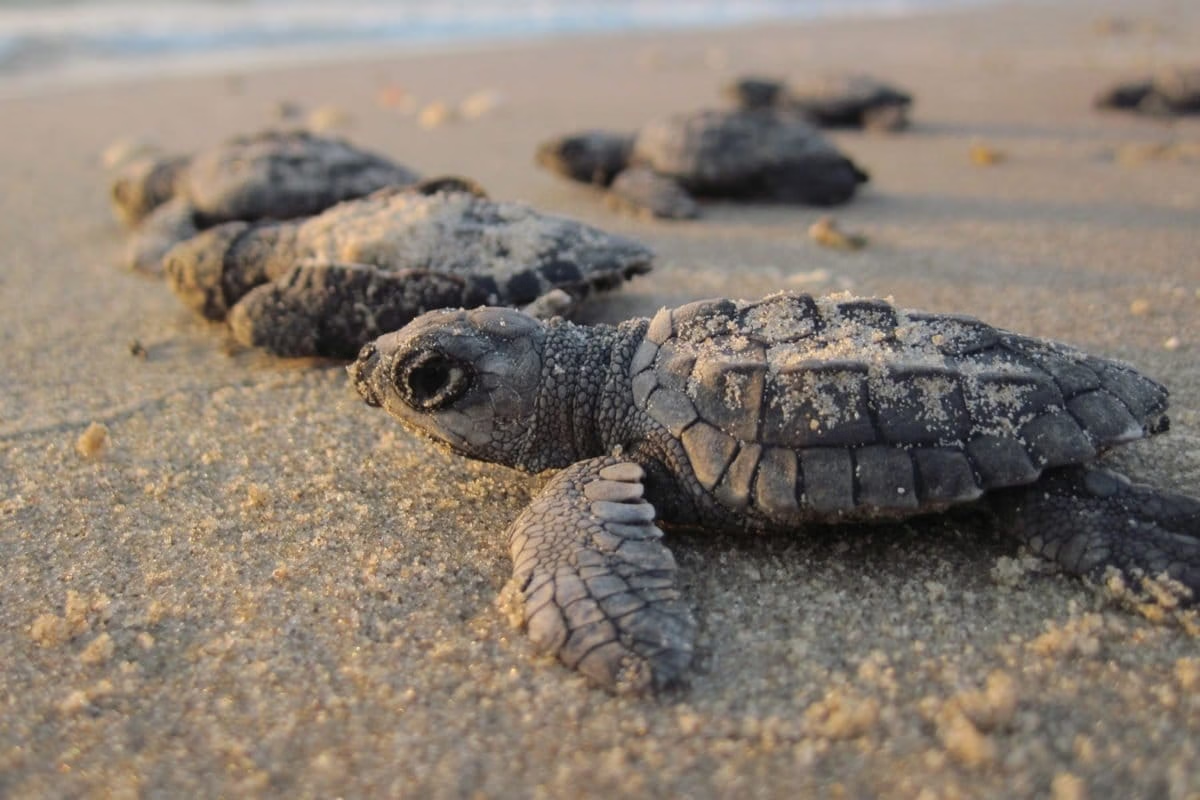
Turtle Watching Guidelines, Regulations and Conservation
Over the past two decades, local NGOs and government authorities have collaborated to strike a balance between tourism and turtle protection on Sal. All turtle-watching activities are strictly regulated. In 2018, Cabo Verde criminalised killing or eating turtles, and in 2024, the government issued a formal decree specifically governing turtle-watching tours.
This regulation codifies the standards that NGO leaders have long fought for. Only licensed guides may lead tours, and excursions must follow approved protocols for lighting, group size, and conduct.
As TAOLA (the national sea turtle network) president Júlio Rocha emphasised, until now “there are no regulations clearly defining who may provide this type of service or how to do it on our beaches” – a gap that is now being closed so that “only those with specific training may promote these types of excursions”.
These measures have helped yield results. Nesting numbers on Sal have climbed as protection has improved, and daily beach patrols (often run by volunteers from Sal’s fishing communities) guard nesting turtles from poachers and dogs. Indeed, efforts pay off: poaching incidents on Sal dropped from 440 cases in 2021 to just 110 in 2024.
Conservationist Delvis Semedo, one of many former fishermen turned turtle guards, captures the change in mindset: “Before, I just thought of them as food … But since the first day I saw a turtle, I knew I wanted to protect them.”
NGO-led initiatives include Sal’s own hatchery (open for tours) and “shade huts” over nests to counteract climate warming. In 2024, turtle nests on Sal were covered to cool the eggs by approximately 2°C, which is expected to encourage the production of more male hatchlings. This research-driven tactic addresses the skewing of turtle sex ratios due to global warming. (Due to the increasing temperatures of eggs during the incubation process, almost all new hatchlings appear to be females.)
In recent years, Sal’s turtle tourism has become a model of sustainable wildlife viewing. Visitors enjoy an unforgettable experience while also contributing to the protection of the animals.
Planning Your Turtle Watching Experience
If you plan to go turtle watching on Sal, keep these tips in mind:
- Book in advance.
Tours have limited seats and run only in nesting season. Many lodges in Santa Maria can arrange or recommend certified operators. - Dress appropriately.
Wear muted, dark clothing and sturdy shoes for sandy walks. Bring a jacket (nights can be cool). Leave bright lights, flashlights or cameras in your hotel – guides provide safe red lights for photography. - Follow the rules.
Listen carefully to your guide’s instructions: stay quiet, move slowly, and maintain the prescribed distance. These rules keep both you and the turtles safe. - Respect the schedule.
Late summer tours may include hatchling releases at dawn; confirm timings with the operator. Hatchling events (often held each morning at Project Biodiversity’s hatchery) are free to attend and educational. - Support the cause.
Consider visiting the Sea Turtle Volunteering or donating through Project Biodiversity or BIOS CV. Small fees from tours help fund beach patrols, beach clean-ups, and local education campaigns.
Witnessing a Sal turtle nest is a moving, once-in-a-lifetime event. By following guidelines and choosing responsible operators, visitors ensure that this “turtle watching” remains a sustainable highlight of Cape Verde tourism. In the words of one veteran conservationist: “Sal’s turtles are our heritage,” and every respectful tourist helps keep these ancient mariners coming home to nest.
Bibliography & Further Reading
- Sea Turtles of Cabo Verde, Turtle Season and Habitat Conservation, Project Biodiversity;
- Turtle watching in Cape Verde – Rules and regulations needed, Turtle Foundation;
- Cabo Verde: Sea Turtles “In Abundance”, SWOT, The State of the World’s Sea Turtles;
- Over 150,000 turtles released in Cape Verde during the 2024 nesting season, Breaking Travel News, 2025;
- Boom time for Cape Verde’s sea turtles as conservation pays off, Annika Hammerschlag, The Guardian, 2021;
- Watch Sea Turtles Nesting – Night Tour in Sal Island, Get Your Guide;

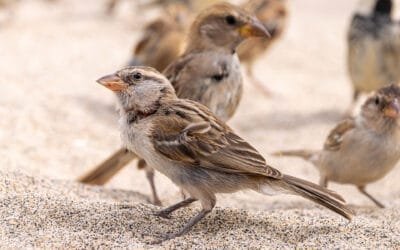
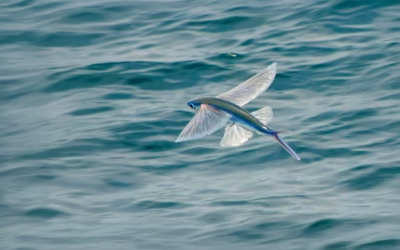
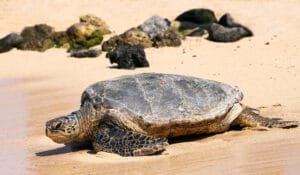
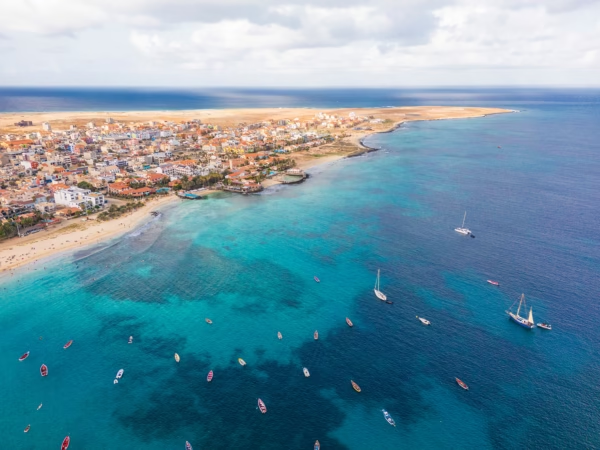

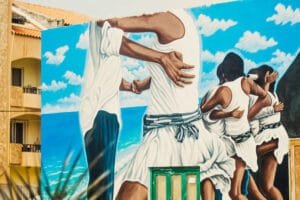

What a wonderfully detailed guide! Its impressive how theyve turned sea turtle watching into such a structured, rule-bound affair – basically an upscale, nocturnal safari. The strict lighting protocols and group size limits sound a bit like being on a quiet, expensive dinner party, but with flatter feet. No flash photography is a tough sell, though; how else are we supposed to document our close encounters with grunting nesting moms? The idea of paying good money to support conservation while getting potentially zero physical contact is… innovative. And hey, lets be honest, seeing a turtle pull itself up the beach like an ancient tank is already a pretty epic sight, rules be damned!